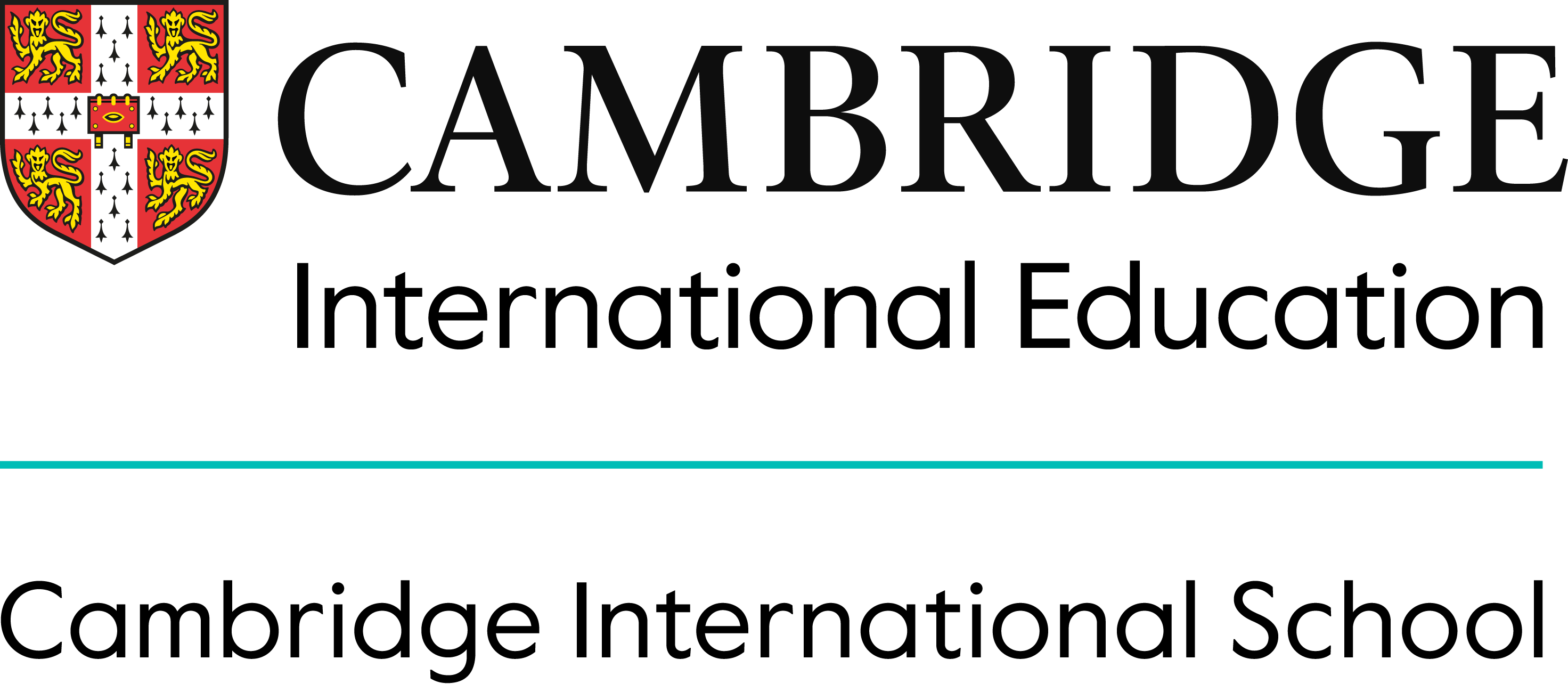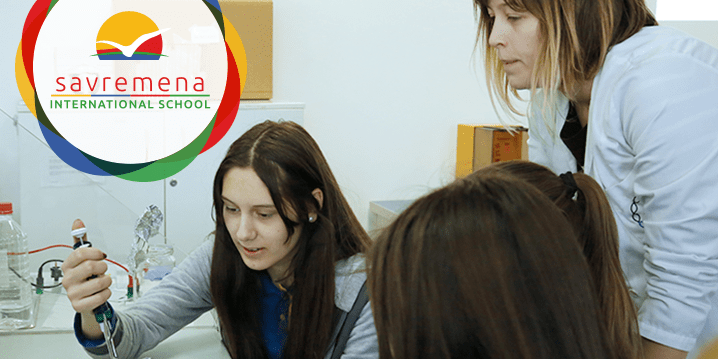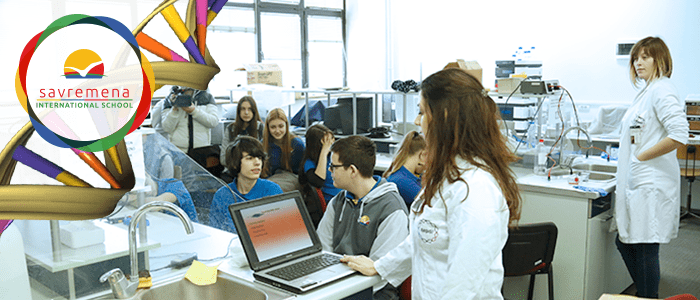Have you ever wondered how forensic scientists solve cases in crime shows? Sometimes, it’s like they visit the crime scene, wave a magic wand and solve the case. But what truly lies behind that magic wand of theirs and what happens behind the scenes at the laboratory?
These and many other questions, Savremena’s students were able to find answers to on Tuesday the 19th of January during their biology class when they visited the Little School of DNAology.
What new and interesting things did students learn at the Little School of DNAology?
Thanks to the excellent organisational skills of the hosts, Savremena’s students were able to learn about the techniques of isolating and analysing DNA.
After a short presentation, the students were separated into groups. Right from the start, the “Who ate my sandwich?” game got students interested and made them think like forensic investigators. To find the culprit, each group was given four DNA samples – one of which was from the person who committed the “crime” while the other samples were from the three suspects.
Laboratory practice
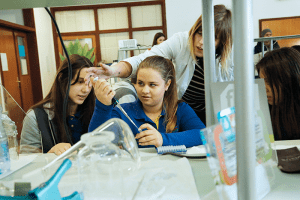 At the laboratory, students first learned how to use the lab equipment – the pipette and the eppendorf tube, upon which they practiced their pipetting skills. In each tube, they added certain substances (buffer solutions,restriction enzymes etc.) and after that the DNA was put through gel electrophoresis.
At the laboratory, students first learned how to use the lab equipment – the pipette and the eppendorf tube, upon which they practiced their pipetting skills. In each tube, they added certain substances (buffer solutions,restriction enzymes etc.) and after that the DNA was put through gel electrophoresis.
As the DNA traveled through the gel, students had the opportunity to isolate their own DNA from their saliva. Then they analysed their saliva and examined it under a microscope. They really liked the fact that after learning about them in their biology class they could see their own DNA string and their own genetic material after a simple analysis.
Experiment results
After 30 minutes, the gel with the samples which depending on their size had moved from their initial positions was examined in a dark room under a UV lamp. It was then photographed with a CCD camera and the results were printed out.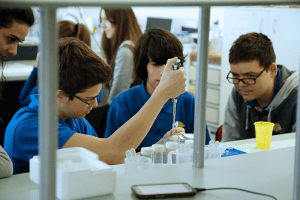
By comparing the DNA of the suspects and the perpetrator, the students determined who had been the hungriest.
Why this kind of learning is useful for students?
Everything students were able to see in movies and on TV seemed too complex to understand but now it was all made easy and clear. In addition, everything they had learned in their biology classes was applied in practice and thus nested deeply into their memory.
The students said that the Little School of DNAology was interesting, exciting and very useful. This kind of teaching enables students to find a link between theoretical knowledge and practical skills and it thus helps them acquire knowledge in the easiest way possible.
More pictures in our gallery.


